Hannan Associates Appointment
We are working on behalf of the Client to;
- Assess works associated with existing utilities networks to accommodate the new development proposals.
- Consultation and coordination regarding the design of new utility supplies to each plot
- Provide Building Services Engineering design duties for each plot and the associated public realm work.
- Assess the anticipated building performance using operational energy modelling techniques.
- Undertake the BREEAM assessments for the relevant plots.
Hannan Associates are working in conjunction with Jon Mathews Architects, Chroma, Civic Engineers, MAC Construction Consultants, Hoare Lea, DFC, Planit & Asteer Planning.
Energy Strategy
National Policy, local legislation and the Clients’ sustainability policies will operate to reduce energy demand and CO2 emissions, enhancing the sustainability credentials of the development.
Each of the plots has been designed with the aim of reducing operational energy and carbon emissions, and as such, each is employing a fossil fuel free all-electric strategy, with no provision of mains gas to the development.
Passive measures have been prioritised to reduce energy demand, including enhanced fabric performance and air permeability, along with optimised glazing design.
Active measures have been taken to optimise the energy efficiency of fixed base build systems, i.e. Mechanical ventilation incorporating heat recovery, low flow sanitaryware, energy efficient LED lighting and controls systems.
Low & Zero Carbon Technologies have been incorporated where applicable in the form of high efficiency heat pumps to generate space heating, and allocation of dedicated zones at roof level for installation of a PV array.
BREEAM
Plots A, B & C have been designed to achieve a minimum of BREEAM ‘Excellent’ rating.
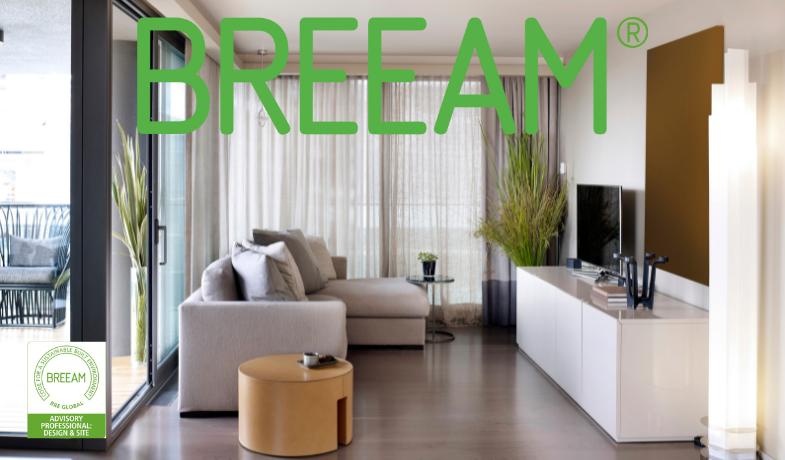

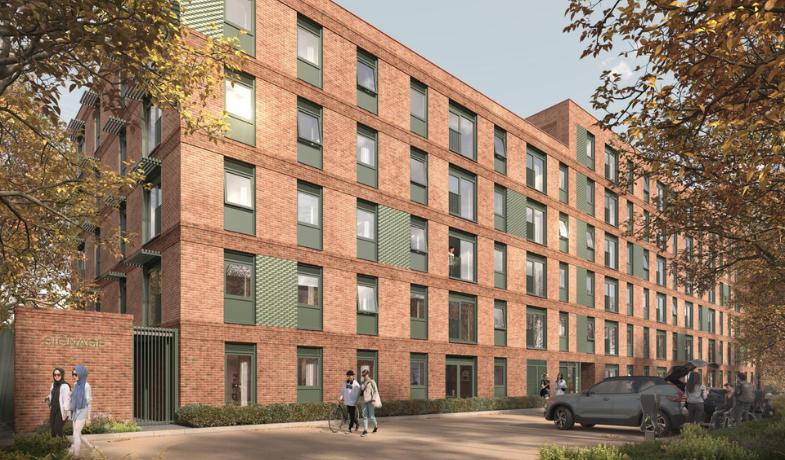
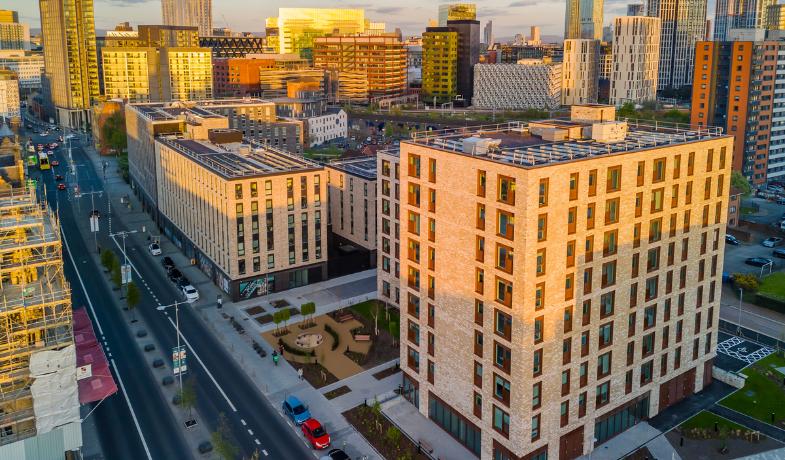
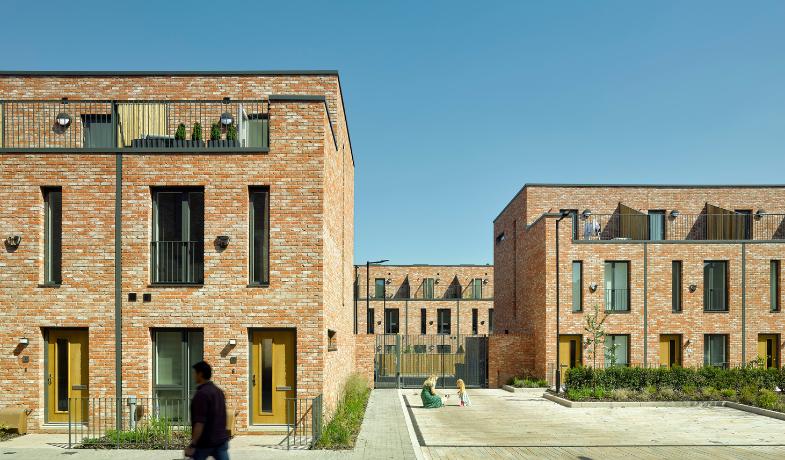

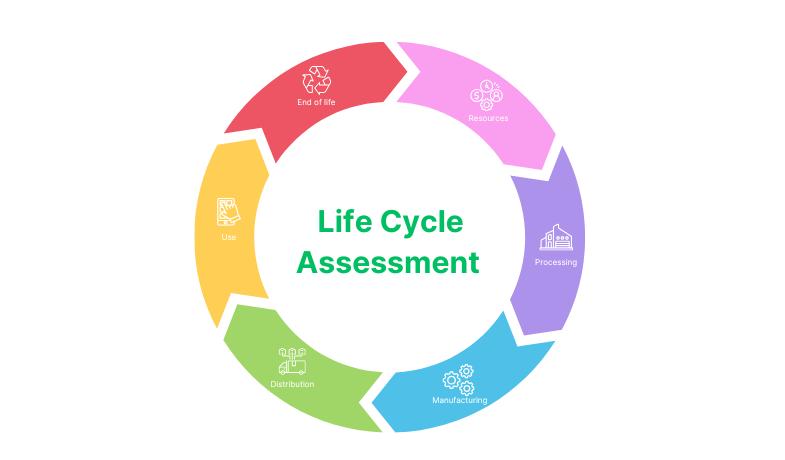
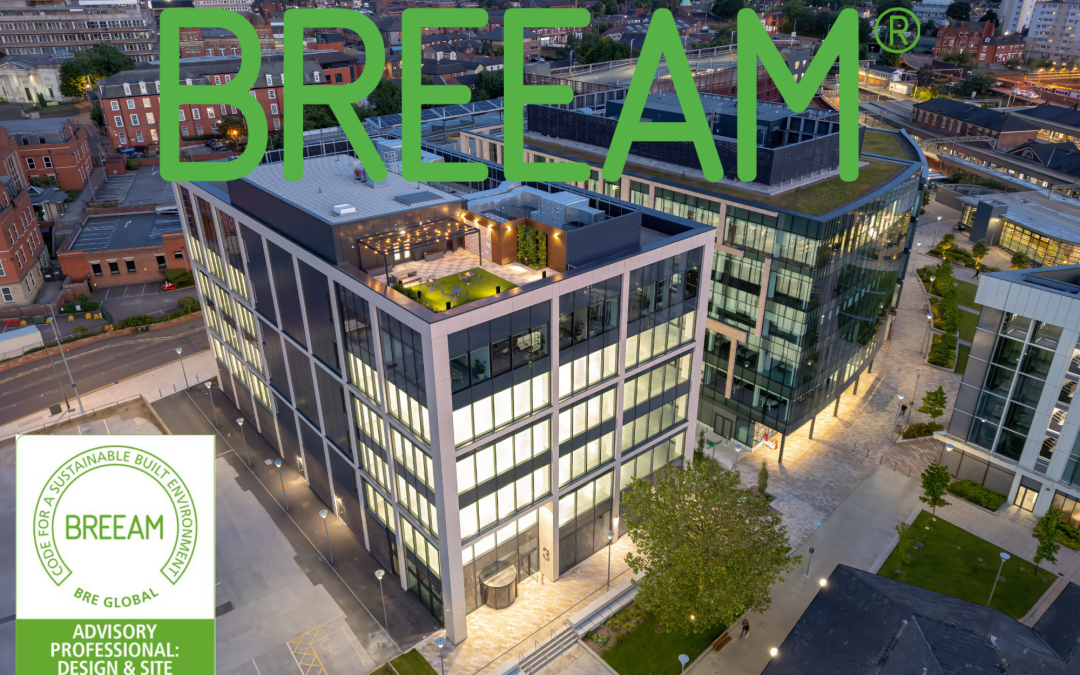







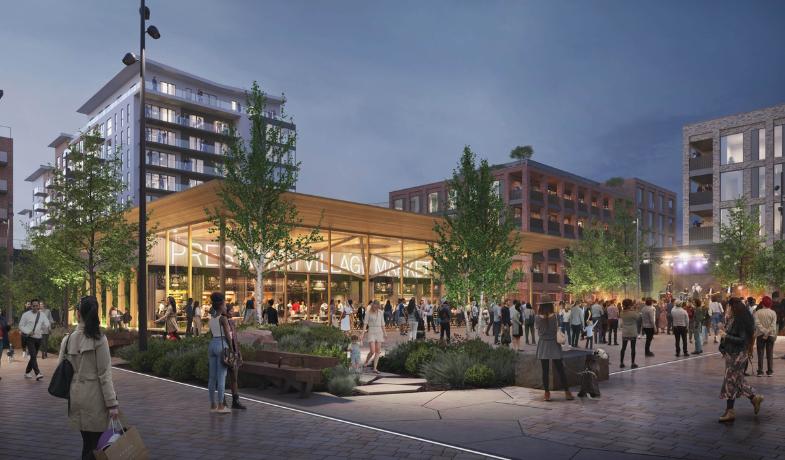
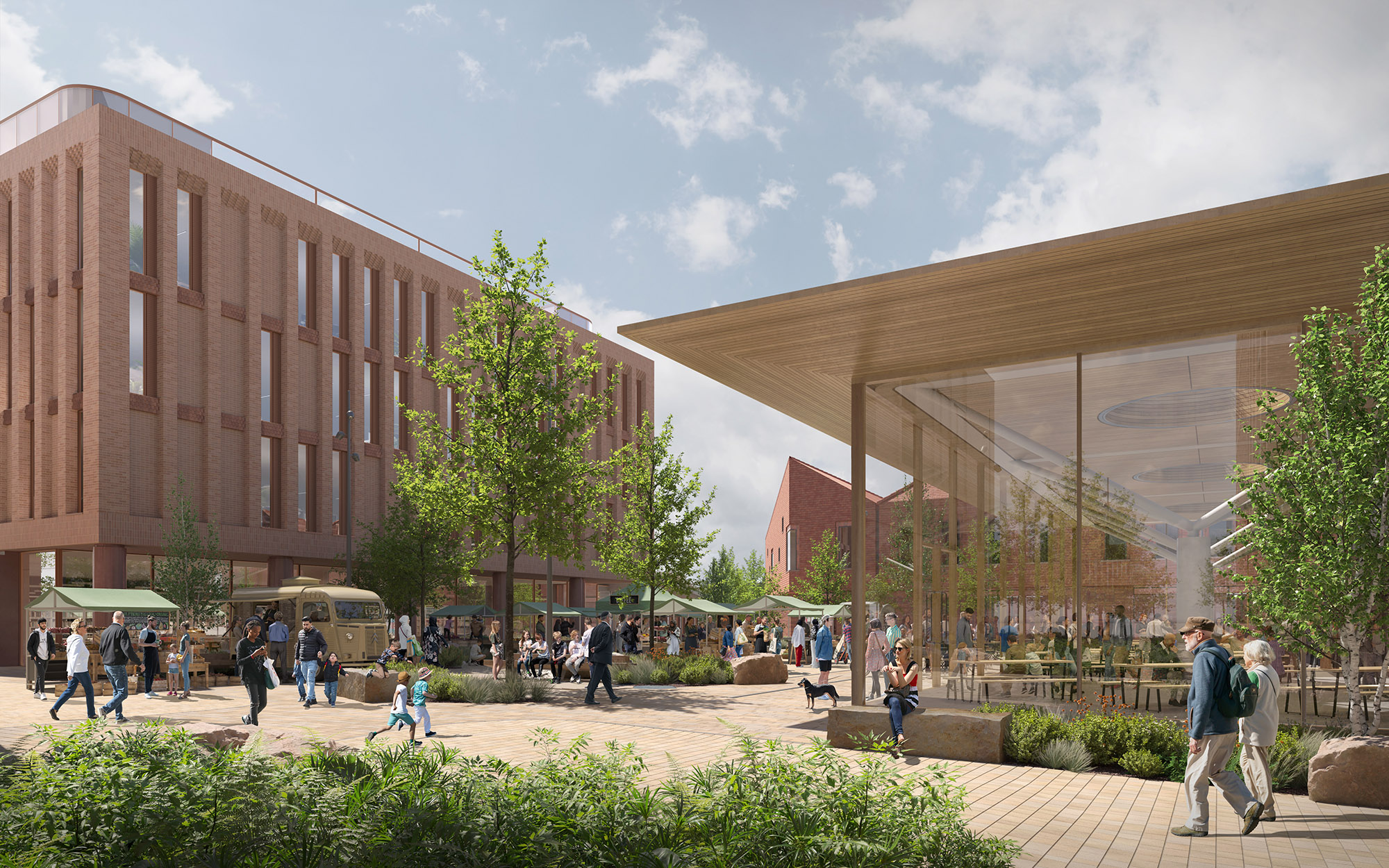

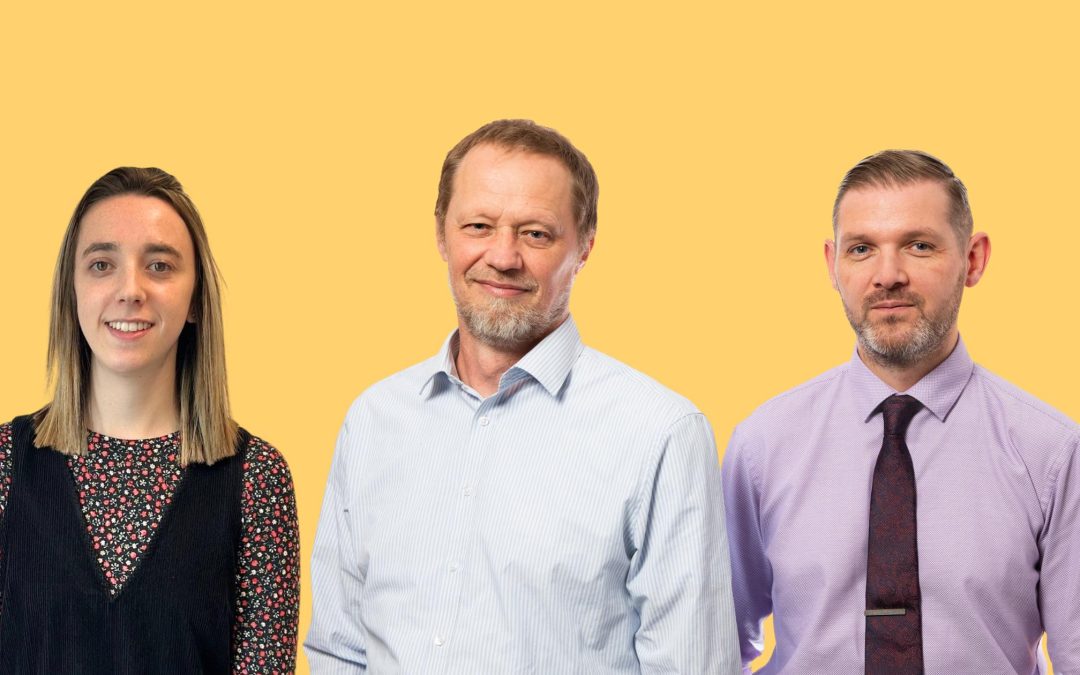

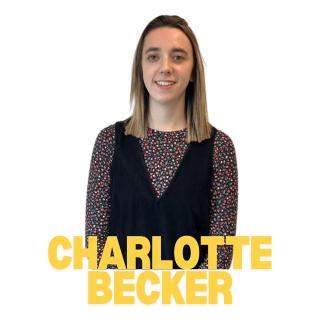





Recent Comments